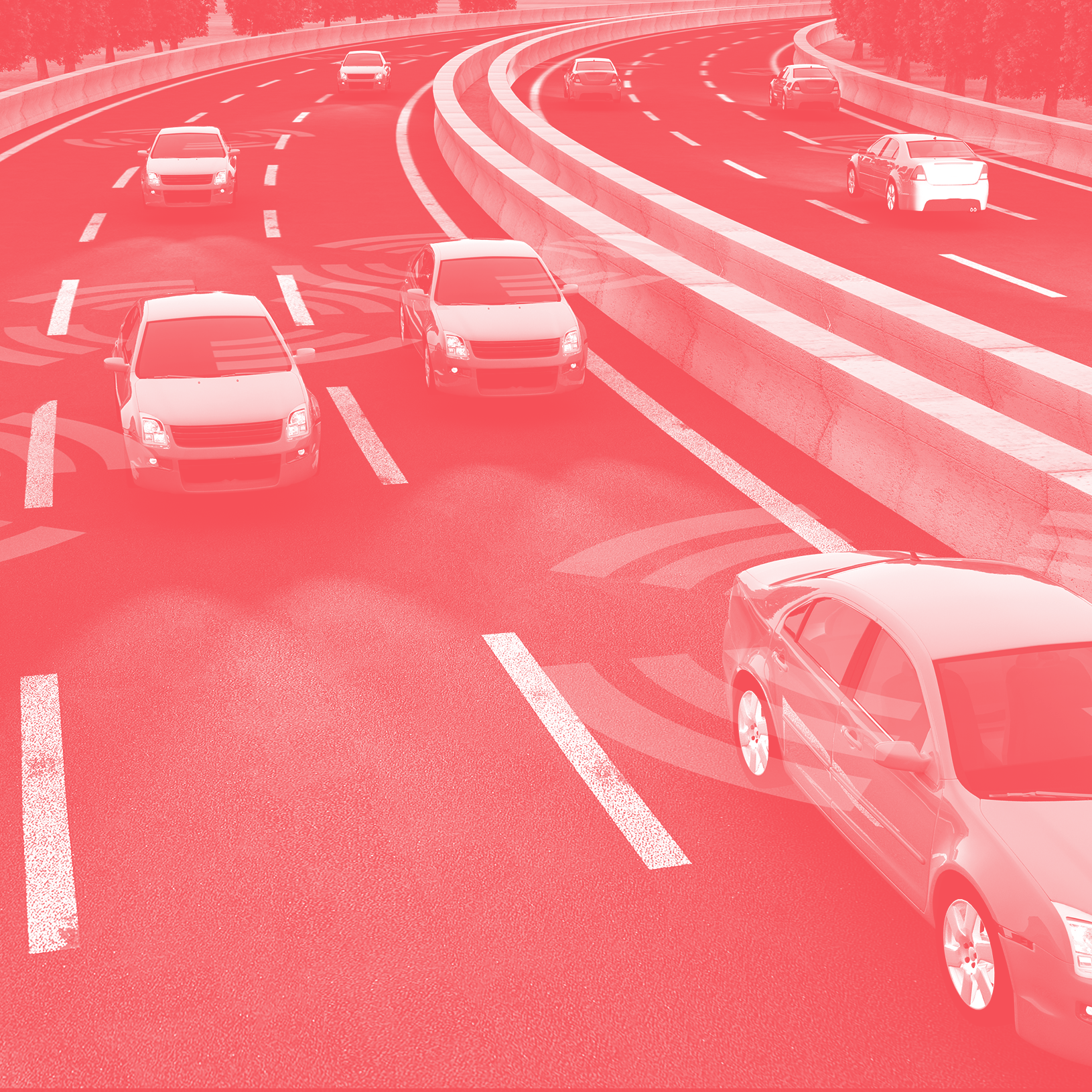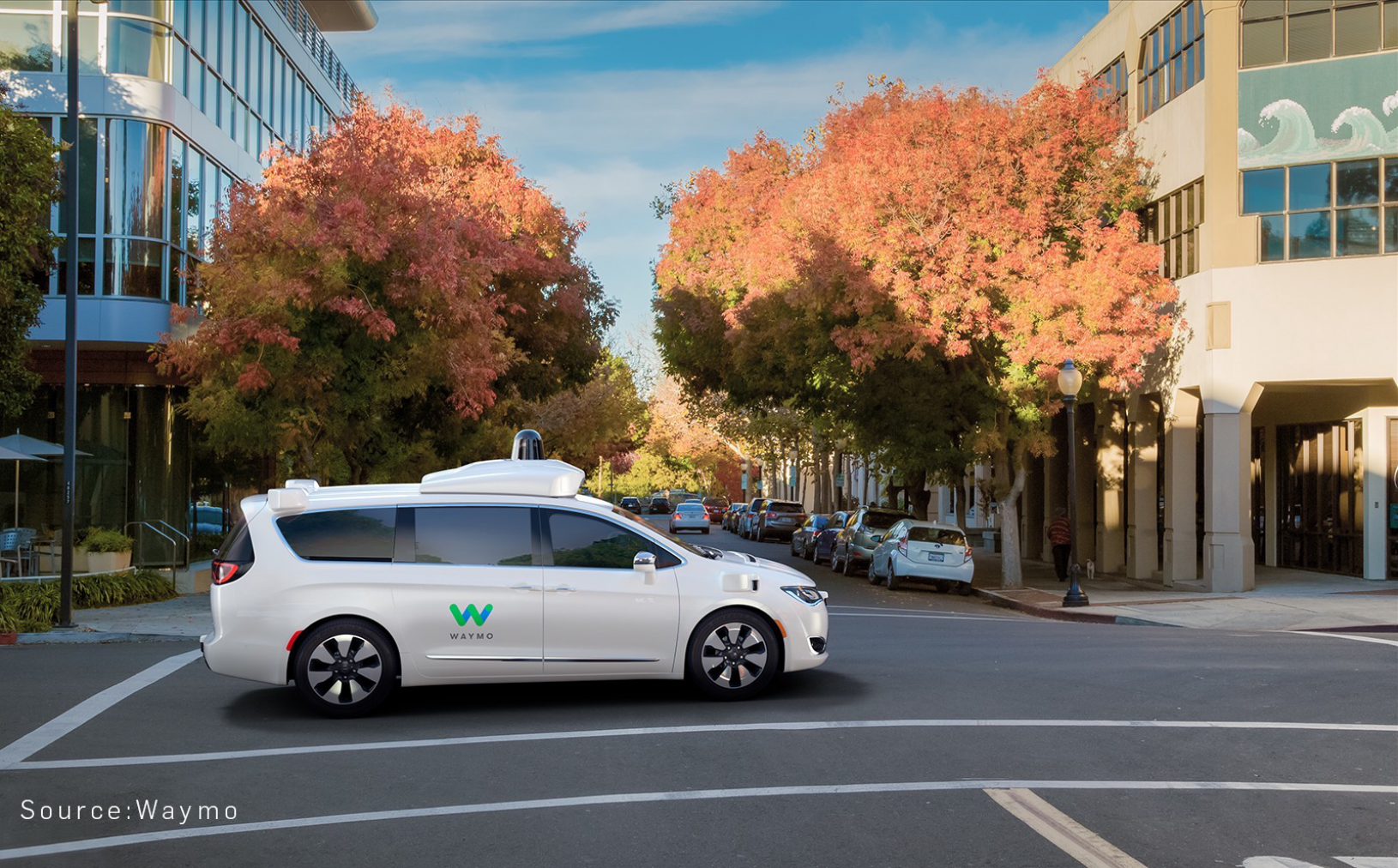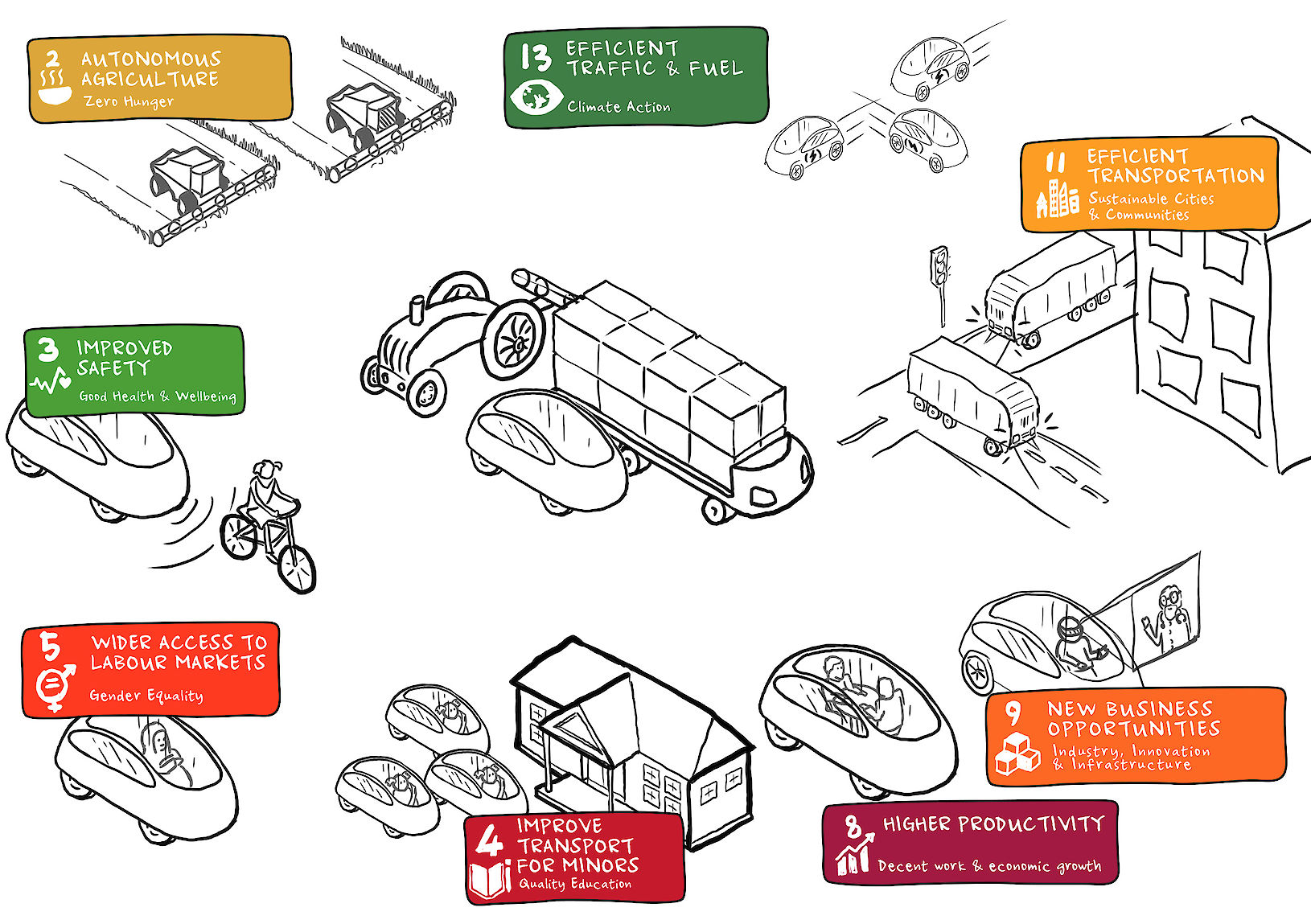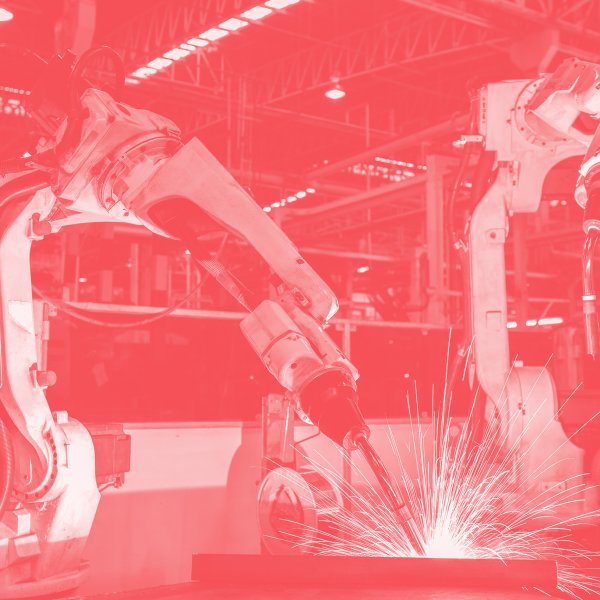The technology
Technologies being developed enable the full transfer of driving function from the driver to vehicle systems. Manufacturers are testing, on public roads, vehicles with greater levels of autonomy, including those with full self-driving capability. This capability is dependent on vehicle systems being able to analyse, in real-time, large volumes of complex data, make appropriate decisions and draw together many existing and developing technologies into an integrated system. It is this integration where much of the technical complexity lies, both in ensuring that the constituent technologies are sufficiently mature and that they will work together seamlessly. It is not just the technologies on board the vehicle but those embedded into the road infrastructure that need to be considered.
The potential
The autonomous road vehicles revolution will change the way we think and interact with the sector. It is opening up new business opportunities, such as the provision of healthcare as you commute. It will change ownership models, with people opting to buy mobility when they need it – allowing vehicle assets to be used more and therefore transport costs to be reduced. It will also pose interesting challenges for town planners – if vehicles are in use much longer what can valuable parking space be used for?
Current activity is focused on the developed world. However, the developing world has huge potential for this technology and the ability to potentially jump ahead in some cases.
The barriers
The eco-system in which autonomous road vehicles will exist is incredibly complex. Successful deployment is dependent on more than the technology. Regulation, insurance and commercial models are just some of the areas that need to come together – and are arguably where the real complexity lies.
The impacts on employment will need to be actively addressed to minimise negative affects and avoid public resistance.


















